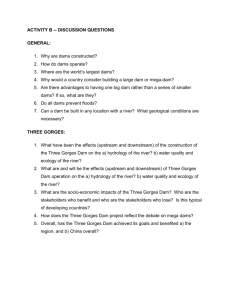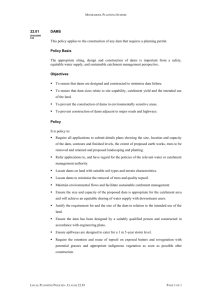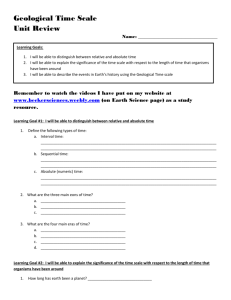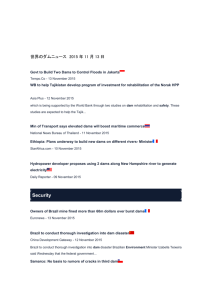Ecology
advertisement
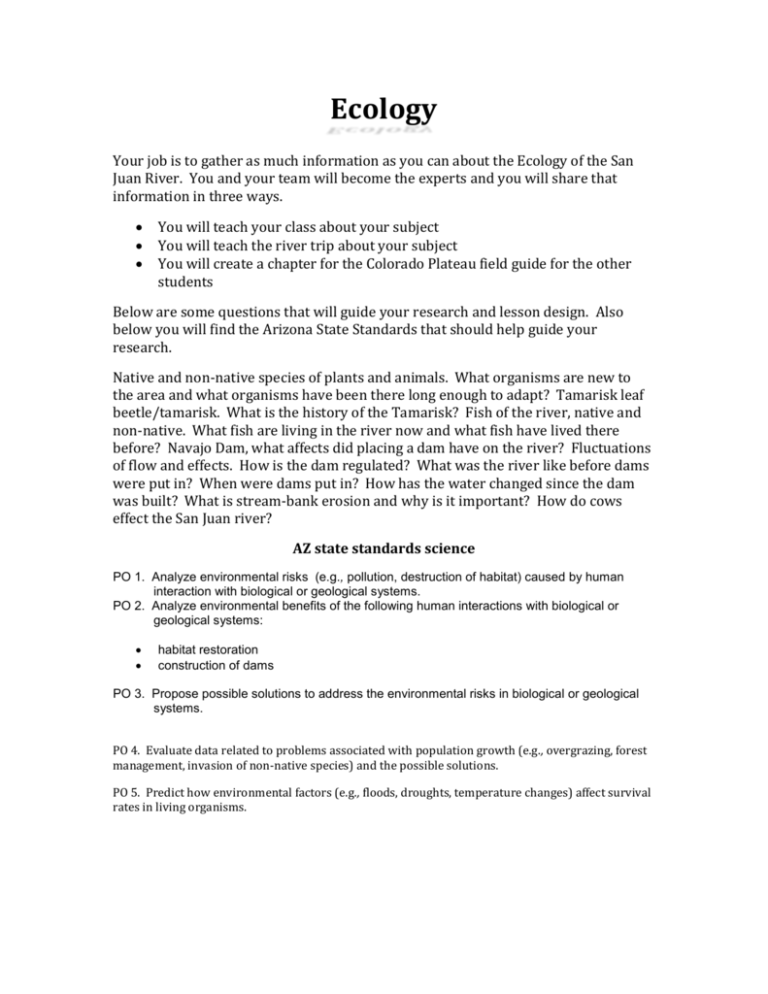
Ecology Your job is to gather as much information as you can about the Ecology of the San Juan River. You and your team will become the experts and you will share that information in three ways. You will teach your class about your subject You will teach the river trip about your subject You will create a chapter for the Colorado Plateau field guide for the other students Below are some questions that will guide your research and lesson design. Also below you will find the Arizona State Standards that should help guide your research. Native and non-native species of plants and animals. What organisms are new to the area and what organisms have been there long enough to adapt? Tamarisk leaf beetle/tamarisk. What is the history of the Tamarisk? Fish of the river, native and non-native. What fish are living in the river now and what fish have lived there before? Navajo Dam, what affects did placing a dam have on the river? Fluctuations of flow and effects. How is the dam regulated? What was the river like before dams were put in? When were dams put in? How has the water changed since the dam was built? What is stream-bank erosion and why is it important? How do cows effect the San Juan river? AZ state standards science PO 1. Analyze environmental risks (e.g., pollution, destruction of habitat) caused by human interaction with biological or geological systems. PO 2. Analyze environmental benefits of the following human interactions with biological or geological systems: habitat restoration construction of dams PO 3. Propose possible solutions to address the environmental risks in biological or geological systems. PO 4. Evaluate data related to problems associated with population growth (e.g., overgrazing, forest management, invasion of non-native species) and the possible solutions. PO 5. Predict how environmental factors (e.g., floods, droughts, temperature changes) affect survival rates in living organisms.



